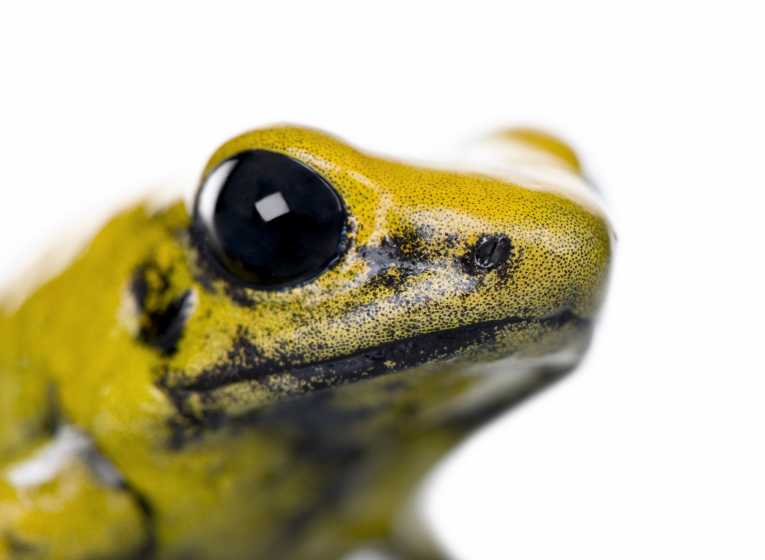A team of researchers are advocating for zoos to establish captive breeding programmes that are targeted at endangered species to support the programmes currently in place in the wild.
The research found that between 20 and 25 percent of endangered species of mammals are already kept at the zoos and just a slightly lower figure for birds. However, the concern is that the species that are facing an acute risk of extinction are not so well represented. For amphibian species only three percent are protected in a zoo and only nine percent of these bird species are kept in captivity.
The report is suggesting that zoos should join up together to create a hub to breed species of endangered animals, as well as form 'specialist zoos' that are each focused on just a couple of acutely endangered species. Biologist Dalia Conde from the Max Planck Institute for Demographic Research's Laboratory of Evolutionary Biodemography who undertook the research says that ''specialisation generally increases breeding success and the animals can be 'parked' at these zoos until they have a chance of survival in the natural environment and can then be returned to the wild''.
These 'specialist zoos' will give endangered animals in the wild a greater chance at survival through increasing the breeding success rates. The breeding programmes for endangered species at zoos will also offer new insights into demographic data which can be critical for managing species and to determine the chances for survival in the wild.
It is also being recommended that zoos start breeding animals early on before their numbers reach a critical level in the wild. Zoos can't be an emergency or reactive method to biological conservation because using the weak individuals from endangered species often reduces the success rates.
The International Union for Conservation of Nature (ICUN) has also put its collective weight behind the issue by looking at how useful captive breeding is to successfully supporting protection of species.
The ICUN found that for 17 out of 68 species of vertebrate that have had their vulnerability status downgraded the breeding programmes at zoos played a major role, including the Asiatic wild horse and the Californian condor.
So it would seem that zoos will no longer just be a place to see animals but are likely play an increasingly important role in the conservation of endangered species.










